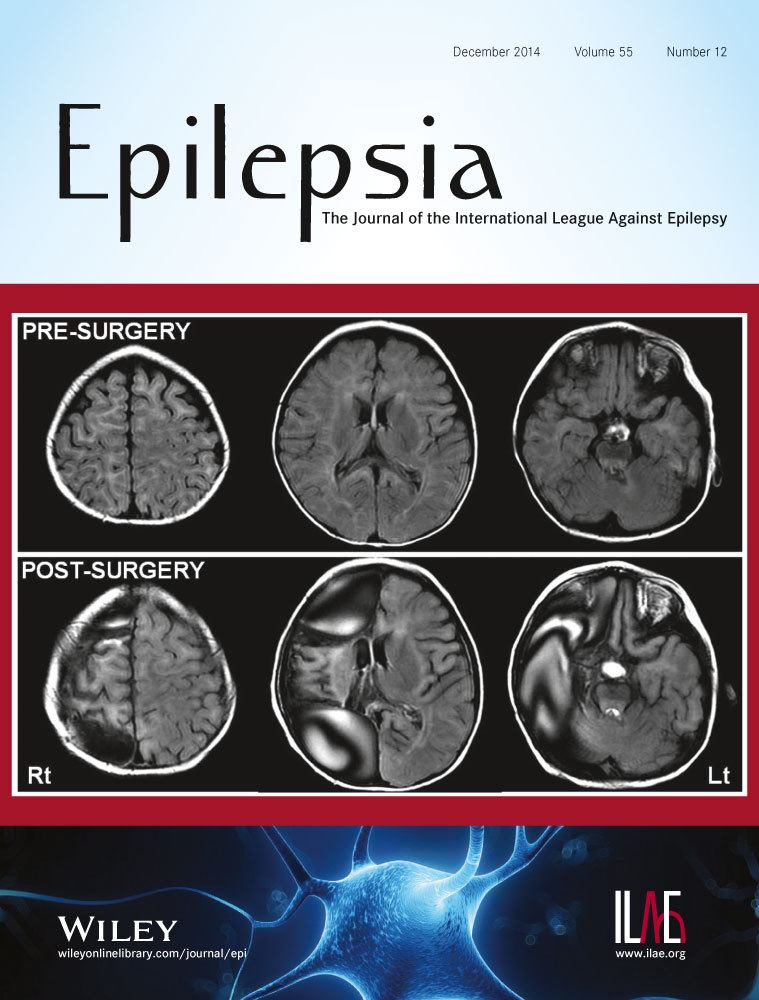Application of high-frequency Granger causality to analysis of epileptic seizures and surgical decision making
Summary
Objective
In recent decades intracranial EEG (iEEG) recordings using increasing numbers of electrodes, higher sampling rates, and a variety of visual and quantitative analyses have indicated the presence of widespread, high frequency ictal and preictal oscillations (HFOs) associated with regions of seizure onset. Seizure freedom has been correlated with removal of brain regions generating pathologic HFOs. However, quantitative analysis of preictal HFOs has seldom been applied to the clinical problem of planning the surgical resection. We performed Granger causality (GC) analysis of iEEG recordings to analyze features of preictal seizure networks and to aid in surgical decision making.
Methods
Ten retrospective and two prospective patients were chosen on the basis of individually stereotyped seizure patterns by visual criteria. Prospective patients were selected, additionally, for failure of those criteria to resolve apparent multilobar ictal onsets. iEEG was recorded at 500 or 1,000 Hz, using up to 128 surface and depth electrodes. Preictal and early ictal GC from individual electrodes was characterized by the strength of causal outflow, spatial distribution, and hierarchical causal relationships.
Results
In all patients we found significant, widespread preictal GC network activity at peak frequencies from 80 to 250 Hz, beginning 2–42 s before visible electrographic onset. In the two prospective patients, GC source/sink comparisons supported the exclusion of early ictal regions that were not the dominant causal sources, and contributed to planning of more limited surgical resections. Both patients have a class 1 outcome at 1 year.
Significance
GC analysis of iEEG has the potential to increase understanding of preictal network activity, and to help improve surgical outcomes in cases of otherwise ambiguous iEEG onset.




